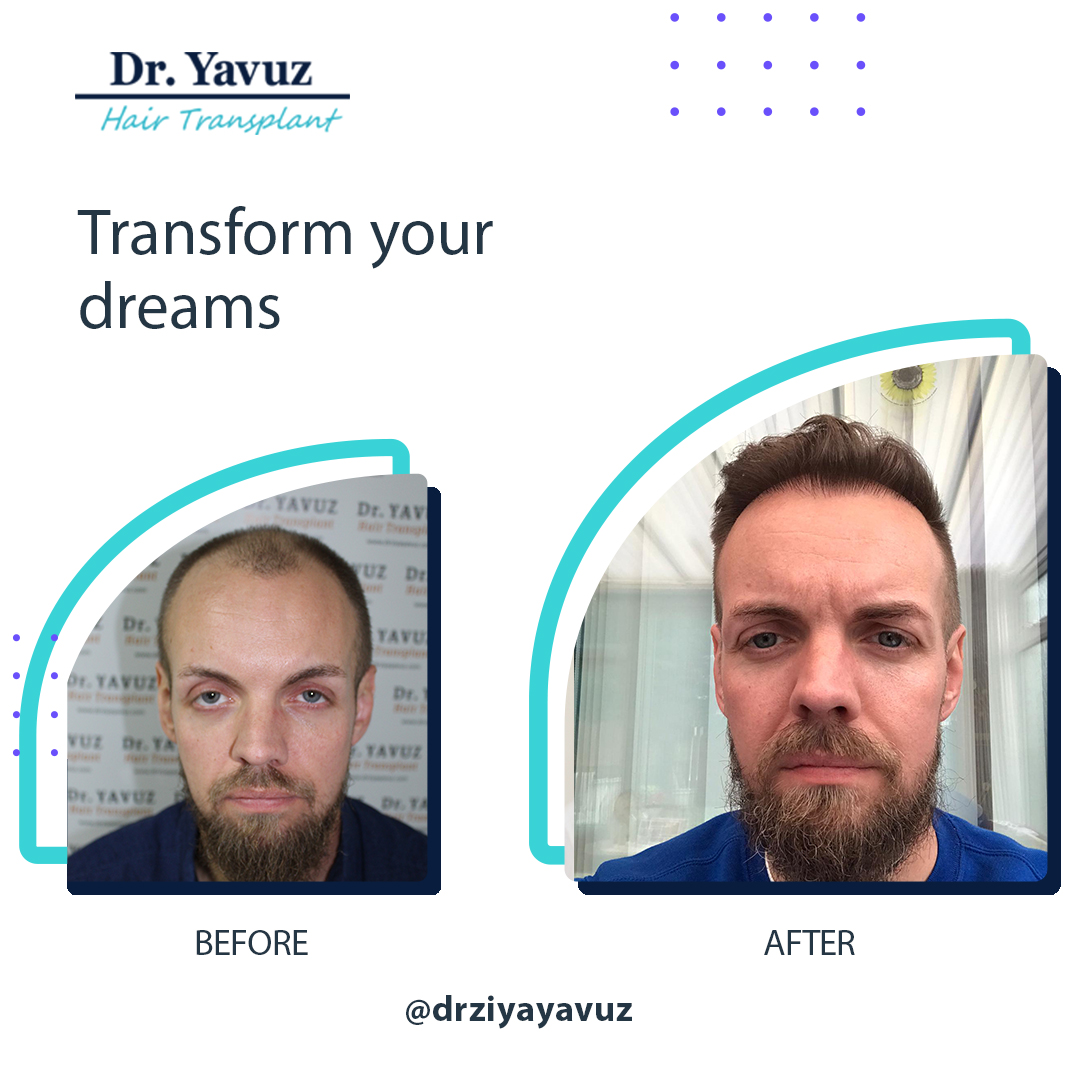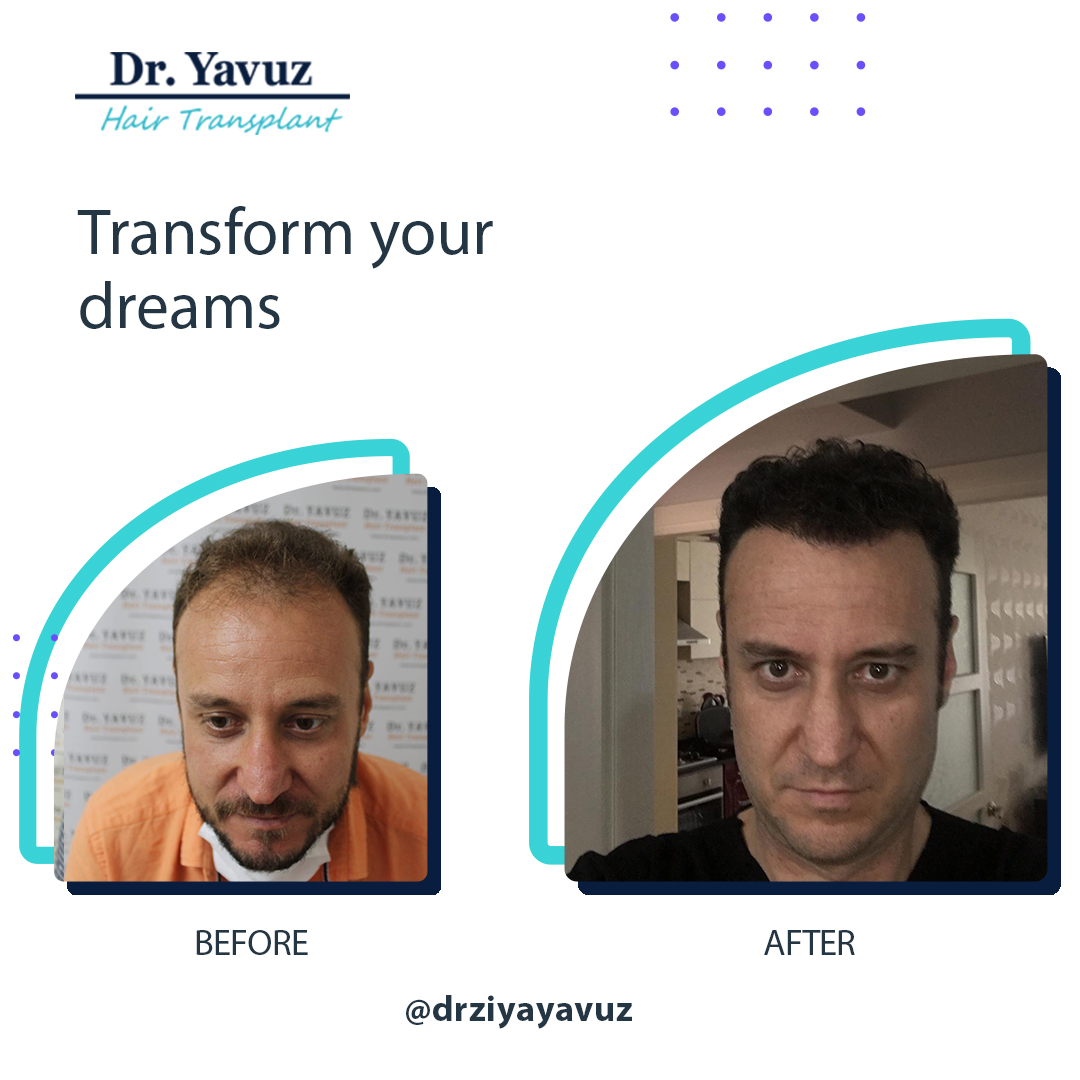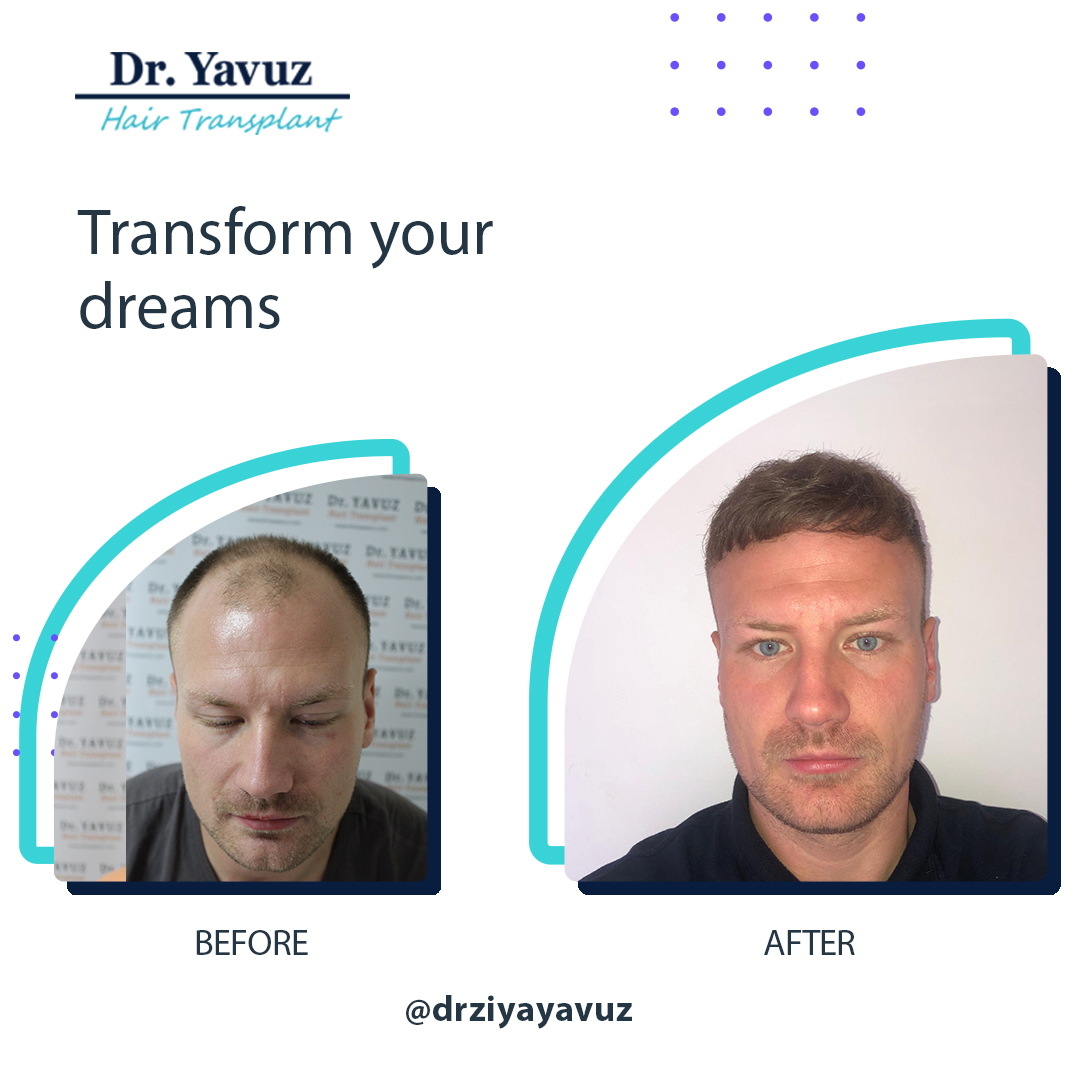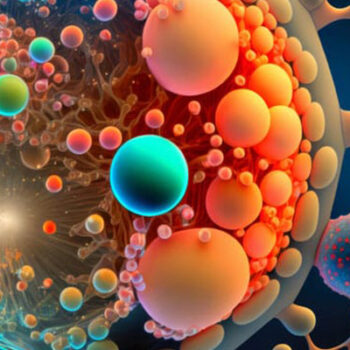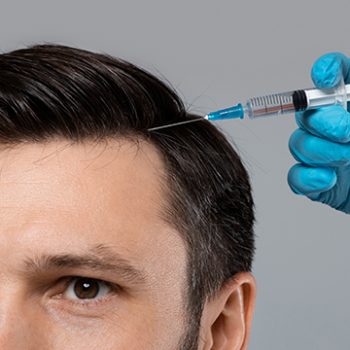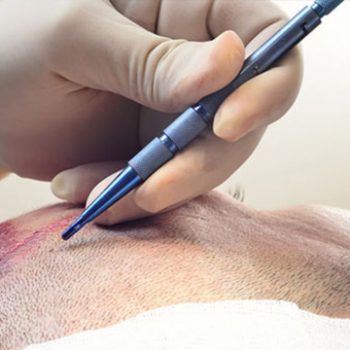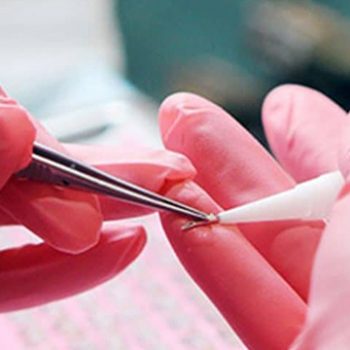What Are Exosomes? How Do They Affect Hair?
What Are Exosomes?
Exosomes are microscopic extracellular vesicles, 30–150 nm in size, that enable communication between cells and regulate various biological processes. They are released by stem cells, immune cells, and many other cell types. By carrying RNA, growth factors, cytokines, enzymes, and signaling molecules outside the cell, exosomes trigger regeneration in the tissues where they are delivered.
In recent years, exosomes have attracted significant attention in aesthetic medicine, dermatology, and hair restoration because they can deliver the regenerative effects of stem cells without containing live stem cells. They are safe, biologically active, and highly effective in promoting cellular repair.
Exosome therapy has shown promising scientific results in stopping hair loss, improving hair quality, enhancing hair transplant outcomes, and reversing biological aging in the scalp.
Effects of Exosomes on Hair
1-Promote Hair Follicle Regeneration
Exosomes stimulate cellular activity within hair follicles through the growth factors and signaling molecules they contain. Dermal papilla cells—responsible for hair growth and hair shaft quality—respond strongly to exosome stimulation. As a result:
- Hair follicle vitality increases
- Miniaturized follicles strengthen
- Hair shaft thickness improves
2-Stimulate New Hair Growth
Exosomes encourage hair follicles to re-enter the anagen (growth) phase. This leads to:
- Faster emergence of new hairs
- Increased density
- Support for thinning areas
Their high concentration of regenerative signals allows exosomes to outperform PRP in some cases.
3-Reduce Scalp Inflammation
Micro-inflammation is a major contributor to several types of hair loss. Exosomes exhibit strong anti‑inflammatory effects:
- Reducing redness
- Suppressing inflammatory cytokines
- Improving the scalp barrier
This creates a healthier environment for stable hair growth.
4-Accelerate Healing After Hair Transplant
A hair transplant involves controlled micro‑trauma to the scalp. Exosome therapy helps:
- Reduce swelling
- Minimize redness
- Speed up healing
- Improve graft survival rates
This is why exosomes are widely used after hair transplantation, especially when combined with cold plasma technologies such as ReGenFUE.
5-Improve
Microcirculation and Follicle Nutrition
Healthy blood flow is essential for strong follicles. Exosomes:
- Enhance microcirculation
- Improve oxygen delivery
- Support nutrient transport
The result is stronger, healthier hair.
Exosome Treatment Procedure
- Scalp assessment is performed.
- Exosomes are applied using micro‑needling or intradermal injections.
- The number of sessions varies between 1–3 depending on the individual.
Advantages of Exosome Therapy
- Safe and biocompatible
- Contains more growth factors than PRP
- Comfortable, minimally painful procedure
- Natural and long‑lasting results
- Effective for both men and women
Who Is a Good Candidate?
- Individuals experiencing hair thinning
- Those with seasonal or stress‑related hair loss
- Early‑stage androgenetic alopecia
- Patients seeking improved healing after hair transplant
Conclusion
Exosome therapy is a modern and highly effective biotechnological approach for hair loss and follicle weakening. With its stem‑cell‑derived regenerative power, strong biological activity, and rapid results, exosome therapy is becoming one of the leading advanced treatments for hair health.exosomee

 English
English Français
Français Deutsch
Deutsch Türkçe
Türkçe 中國人
中國人


